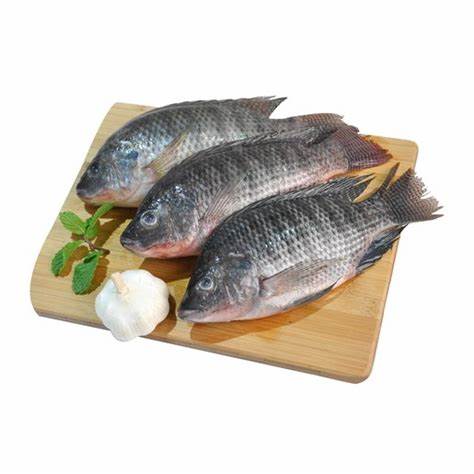|
Tariff Suspension Revives China Tilapia ExportTariff Suspension Revives China's Tilapia Industry Exports and Drives Domestic Growth
The U.S. suspension of tariff collection has caused the farm-gate price of Chinese tilapia to rise for the second consecutive week. This has provided a respite for the tilapia industry, which has long been forced to break away from the traditional export-oriented model and cultivate a robust domestic market.
The Chinese tilapia industry is experiencing significant growth, with farm gate prices continuing to rise for the second consecutive week (May 26–June 1, 2025), largely driven by a surge in new orders from the United States. This increase follows a 90-day reciprocal tariff suspension between the two countries that took effect on May 14, which has significantly reduced tilapia tariffs from a peak of 170% to 55% (including the 25% Section 301 tariff).
Hainan Province, a major tilapia production hub, saw the most significant increase in factory prices. The ex-factory price for 500-800-gram tilapia rose by 0.2 yuan per kilogram month-on-month to 8.2 yuan (US$1.14) per kilogram. Slight increases were also reported in Guangdong and Guangxi. A spokesperson of a leading aquatic feed producer and a major supplier of frozen tilapia to the U.S., confirmed increased U.S. orders and raw material purchases in Hainan. Other large enterprises in Hainan have also noticed growing interest from American companies, with some U.S. clients even visiting China for direct contract negotiations. Although current order prices still concern some suppliers, a senior executive at Hainan Baolu Aquatic Technology Company, China's largest tilapia fingerling supplier, reported that orders are fully booked through June, with tens of millions of fingerling orders received daily. Industry insiders predict that tilapia prices will continue to rise if U.S. buyers maintain or increase their procurement volumes. However, Han Xuefeng, President of the Hainan Branch of China Aquatic Products Circulation and Processing Association, warned that current pond stocking levels remain low, and the next fishing peak is expected to arrive by the end of June.
Although tilapia is popular globally and has a cost advantage internationally, its development in China has encountered obstacles.
The Long Road to Domestic Recognition
Despite recent export growth, Chinese tilapia farmers—particularly those in major farming hubs like Guangdong and Hainan—still face enormous long-term pressure for industrial transformation. The protracted China-U.S. trade dispute has caused a significant contraction in the U.S., once a primary market, with factors such as the pandemic adding further challenges. Although tilapia is widely popular globally and holds a cost advantage internationally, its development in China has encountered multiple obstacles. With an annual output close to 1.7 million tons, tilapia has long been a traditional farmed fish in China, ranking sixth in total production. However, unlike successful cases in other aquaculture sectors such as crayfish, tilapia has struggled to gain broad domestic popularity. This is largely due to its historical focus on exports rather than cultivating the local market. Paradoxically, tilapia often has a poor reputation in China due to various negative perceptions, and its domestic popularity even lags behind that of Vietnamese pangasius.
Hainan Sea Bream Tilapia |



